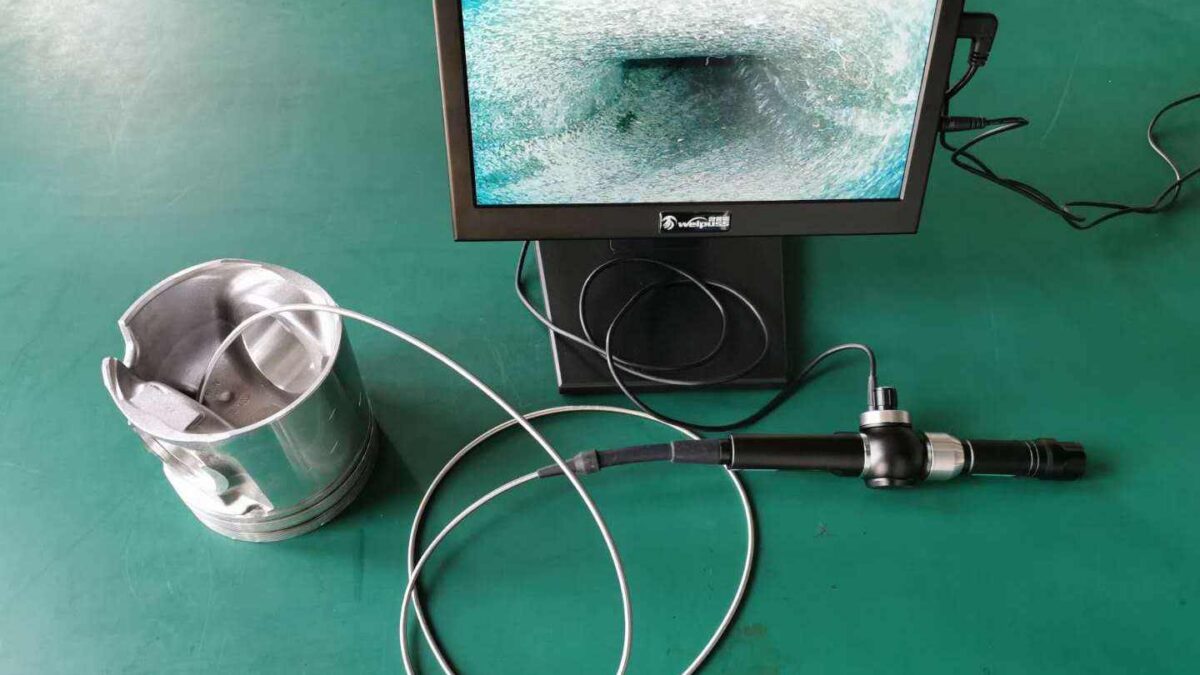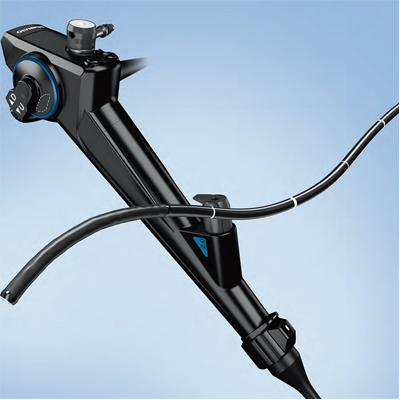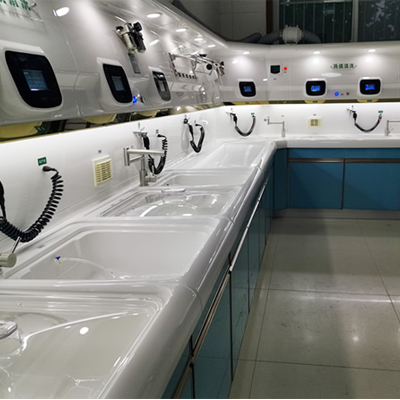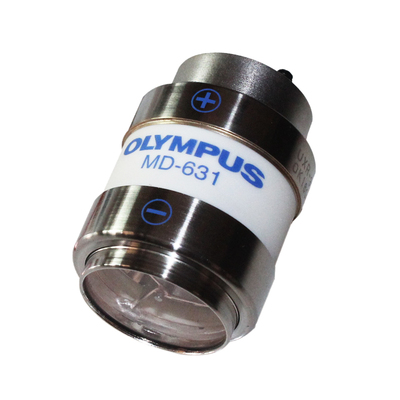
Fields of application of industrial endoscopes
1月 20, 2022
How does an endoscope work?
2月 10, 2022Endoscopes are testing instruments that combine traditional optics, ergonomics, precision machinery, modern electronics,
mathematics, and software. One has an image sensor, optical lens, light source lighting, mechanical device, etc., it can enter the
stomach through the oral cavity or enter the body through other natural orifices. An endoscope can be used to see lesions that cannot
be shown by X-rays, so it is very useful for doctors.
Types of endoscopes
The difference between flexible endoscopes and rigid endoscopes
1. Different appearance
Flexible endoscope: The body of the lens is soft in quality, can be bent, and the angle can be adjusted when inserted at the end, and can even reach 180°.
Rigid endoscope: The body of the lens cannot be bent or twisted, and the depth of entry into the human body is much lower than that of a soft endoscope.
2. Different structure
Flexible endoscopes generally include the following basic structures: the front end, the curved part, the insertion tube, the manipulation
part, the eye-catching part, and the imaging interface part. The front end part is a rigid part, and the end face has multiple cavities and
windows, which are water and air outlet holes, biopsy forceps outlet holes, objective lenses, and light guide windows. The water supply
and air supply are the common outlets. When the air is injected, the gas enters the human cavity through this hole to expand the cavity;
when the water is injected, the water comes out from this hole to flush the objective lens and the surgical field, so that the field of vision
is kept clear. The outlet holes of negative pressure suction and biopsy forceps are the same nozzle. When there is too much liquid in the
cavity to hinder observation, press the suction button, and the liquid can be sucked into the suction bottle through this hole; Biopsy
forceps and other treatment instruments also enter the body cavity from this hole. The control unit includes an angle control knob, an
suction valve button, a water and air delivery button, and an opening for the biopsy tube. The surgeon can operate various buttons here
to complete the endoscopic examination and treatment.
Rigid endoscopes: The structure of various types of rigid tube endoscopes generally includes an outer tube (or sheath), a lens body, a
light guide beam interface, a mesh end takeover, and an imaging interface part. Unlike soft endoscopes, which have operating orifices,
some rigid endoscopes have no instruments and water and air orifices, such as laparoscopy, thoracoscopy, mediastinal endoscopy,
arthroscopy, etc.;
3. Different applications
Flexible endoscopy: Examination, diagnosis and treatment are mainly completed through the natural lumen of the human body. For
example, gastroscopy, colonoscopy, laryngoscopy, bronchoscopy, etc. mainly enter the human body through the digestive tract,
respiratory tract and urinary tract of the human body.
Rigid endoscopy: it mainly enters the sterile tissues and organs of the human body or enters the sterile chambers of the human body
through surgical incisions, such as laparoscopy, thoracoscopy, arthroscopy, discoscopy, ventriculoscopy, etc.
4. Different cleaning and disinfection processes
Flexible endoscopes: After each use, they should be cleaned, rinsed in the middle, sterilized or sterilized at a high level, and rinsed at the
end. After the soft endoscope is removed from the patient’s body, it should be pretreated beside the bed. Immediately before the light
source and video processor are removed, wipe off the surface dirt with wet wipes or gauze containing cleaning solution. The wipes
should be used once; after each use, leak detection should be carried out before cleaning, if necessary, at least once a day. The cleaning
solution should be replaced after each endoscope is cleaned. Endoscopes that come into contact with intact skin and mucous
membranes need to meet high-level disinfection requirements, and endoscopes that come into contact with damaged skin and mucous
membranes need to meet sterilization requirements.
Rigid endoscopes: After each use, they should be thoroughly cleaned, rinsed, rinsed at the end and sterilized. After the rigid endoscope
is used, it is initially rinsed with flowing water to remove contaminants such as blood and mucus, and the lumen instrument is rinsed
with a pressure water gun. The detachable part must be disassembled to the smallest unit and soaked in a multi-enzyme lotion, or
moisturized with a moisturizer. Rigid endoscopes generally require sterilization.
5. Different drying process
Flexible endoscope: All parts of the soft endoscope should be placed on a special drying table with sterile towels, and the sterile towels
should be replaced every 4h. Infuse all pipes with 75% to 95% ethanol or isopropanol, and use a pressure air gun to inflate clean
compressed air into all pipes for at least 30 seconds until they are completely dry.
Rigid endoscopes: When rigid endoscopes and accessories are dried in a drying cabinet, the suitable temperature for metal
endoscopes and accessories is 75℃~95℃, and the suitable temperature for rubber and plastic endoscopes and accessories is 65℃~
75℃; lumen instruments are thoroughly dried using a pressure air gun and a low-temperature vacuum drying oven.
In summary, the biggest difference between flexible endoscopes and rigid endoscopes lies in their appearance and clinical application
methods. There are also subtle differences in cleaning, disinfection, storage and maintenance.




